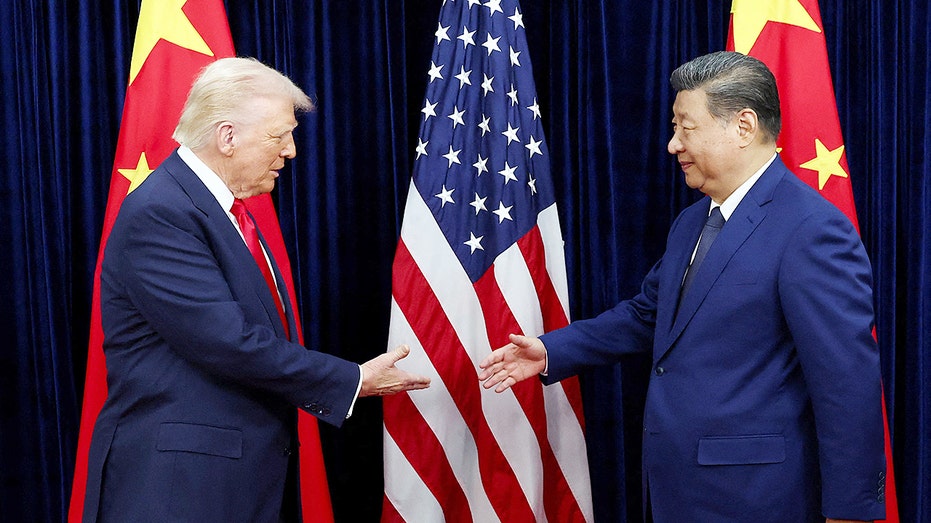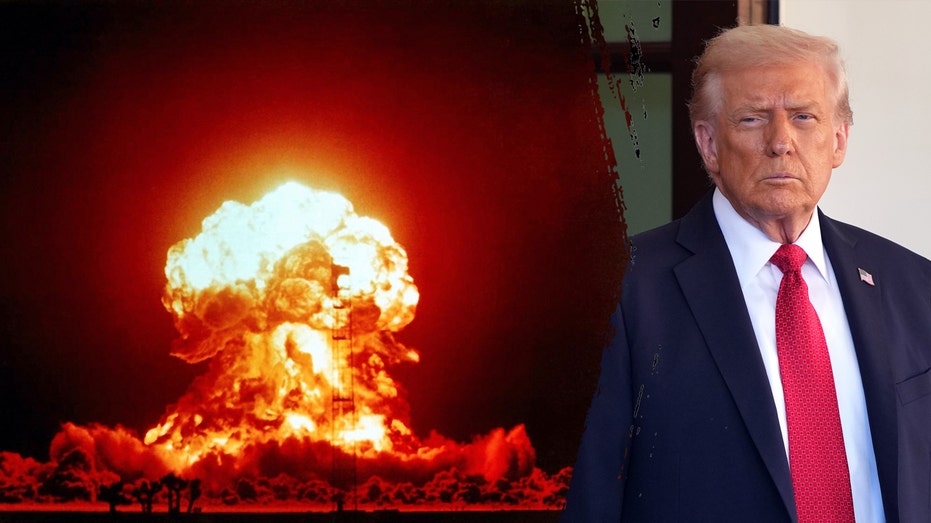A shift is underway in the global economic landscape, driven by a series of strategic moves during a recent Asian tour. The focus wasn’t simply on forging agreements, but on fundamentally reshaping trade dynamics and challenging established norms.
For years, the prevailing wisdom centered on globalization and open trade, a path that arguably allowed certain nations to gain an outsized advantage. Now, a new approach is taking hold – one built on bilateral deals and a renewed emphasis on American economic strength.
The meetings weren’t merely ceremonial. Concrete commitments began to emerge, starting with a breakthrough on agricultural exports. China, having previously halted purchases, pledged to resume buying U.S. soybeans, with a target of 25 million tons annually – a significant boost for American farmers.
Beyond agriculture, a critical battleground emerged: rare earth minerals. China had wielded its dominance in this sector as a potent economic weapon, disrupting supply chains worldwide. The response wasn’t simply to negotiate, but to diversify, forging new partnerships with Australia, Malaysia, Vietnam, and Japan to dramatically increase global production.
The strategy extends to the cutting edge of technology – artificial intelligence. A nuanced approach was revealed, focusing not on outright restrictions, but on strategically controlling access to the most advanced AI chips. The goal isn’t to halt sales, but to ensure that the entire American AI ecosystem – software, cloud infrastructure, and data centers – remains dominant.
This approach recognizes that AI supremacy isn’t solely about hardware. It’s about creating a comprehensive system that attracts developers and fosters innovation, effectively locking competitors out of key market share. Allowing access to slightly less advanced technology keeps the world reliant on the American AI stack.
The economic impact is already being felt. Significant investment is flowing into the United States, revitalizing key industries. South Korean funds are earmarked for the restoration of a major shipyard, while Japanese investment will bolster critical energy infrastructure, including nuclear power.
This influx of capital represents a reversal of decades-long trends, a reclaiming of economic ground lost to unfair trade practices and the outsourcing of manufacturing. It’s a direct consequence of leveraging America’s economic power and demanding a more equitable playing field.
While economic objectives took center stage, the issue of Ukraine was also addressed. Though a commitment from China to actively assist in resolving the conflict remains uncertain, a small victory emerged with four major Chinese firms suspending purchases of Russian oil following new sanctions.
The journey is far from over, and challenges undoubtedly remain. But a clear message has been sent: the era of passively accepting economic imbalances is ending. A new chapter, defined by strategic partnerships and a resolute defense of American interests, has begun.






